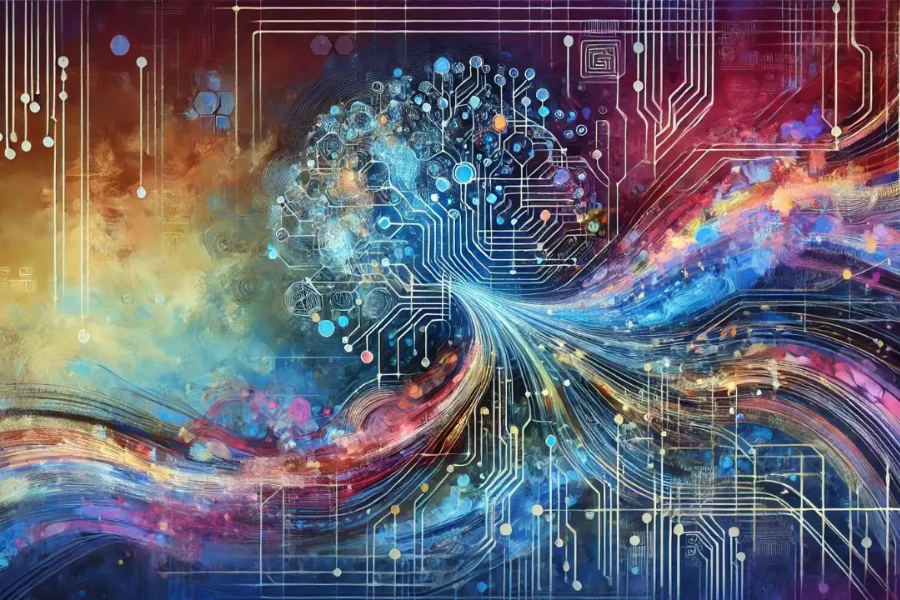Kääntäjäö: Revolutionizing Translation with Advanced Technology
In today’s interconnected world, seamless communication across different languages is more important than ever. Kääntäjäö represents a groundbreaking advancement in translation technology, utilizing cutting-edge innovations to transform how we translate and understand languages. This article explores the core features of Kääntäjäö, its impact on global communication, and what the future holds for this technology.
Understanding Kääntäjäö
Kääntäjäö embodies a modern approach to translation, defined by the integration of advanced technologies that enhance accuracy, efficiency, and contextual relevance. Unlike traditional methods that heavily depend on human translators and are limited in handling complex linguistic subtleties, Kääntäjäö leverages technological solutions to overcome these limitations.
Key Features of Kääntäjäö
- Advanced Algorithms: Kääntäjäö employs state-of-the-art algorithms to achieve high accuracy in translating text, adeptly managing various linguistic structures and adapting to different contexts.
- Contextual Understanding: A standout feature of Kääntäjäö is its ability to grasp and maintain context, including idiomatic expressions, cultural references, and the tone of the original text.
- Real-Time Translation: This technology facilitates instantaneous communication across languages, making it particularly useful in fast-paced settings like international business and diplomatic negotiations.
- Machine Learning and AI: By incorporating machine learning and artificial intelligence, Kääntäjäö continually enhances translation quality, learning from previous translations and adapting to evolving language usage.
The Evolution of Translation Technology
To fully appreciate the significance of Kääntäjäö, it’s essential to trace the evolution of translation technology:
- Early Translation Methods: Traditional methods relied on manual translation by human experts and bilingual dictionaries. While effective, these processes were time-consuming and not suited for large volumes of text.
- Computer-Assisted Translation (CAT): The introduction of CAT tools automated parts of the translation process, enhancing efficiency with features like translation memory, though they still required substantial human oversight.
- Machine Translation (MT): Systems like Google Translate further automated translation through statistical and rule-based methods. While faster, these systems often struggled with accuracy and contextual nuances.
- Neural Machine Translation (NMT): NMT brought significant improvements, utilizing neural networks to enhance translation quality by better understanding context and producing more natural translations.
How Kääntäjäö Works
Building on the advancements of NMT, Kääntäjäö integrates several key technologies:
- Deep Learning Algorithms: These algorithms analyze and translate text, recognizing complex linguistic patterns while preserving original meaning and tone.
- Contextual Awareness: Kääntäjäö ensures translations are accurate and relevant by incorporating contextual analysis, recognizing cultural nuances and idiomatic expressions.
- Multi-Language Support: Kääntäjäö supports a vast array of languages, enabling translation across numerous pairs, bolstered by extensive language data and processing capabilities.
- Real-Time Processing: This feature relies on efficient data handling to deliver instant translations, crucial for situations requiring immediate communication.
- Continuous Learning: Kääntäjäö adapts to new data and user interactions, refining its translation models and improving accuracy over time.
Applications of Kääntäjäö
The advanced capabilities of Kääntäjäö find applications in diverse fields:
- Business and Commerce: It facilitates smooth communication in international trade through accurate translations of contracts, negotiations, and marketing materials. Additionally, businesses can enhance customer support by offering real-time multilingual assistance.
- Diplomacy and International Relations: Kääntäjäö aids clear communication in diplomatic settings, bridging language barriers in negotiations and fostering cultural exchange.
- Travel and Tourism: The technology improves travelers’ experiences by providing real-time translations of documents and signage, and enables tourism organizations to engage with a global audience through multilingual promotions.
- Healthcare and Medicine: Kääntäjäö enhances patient care by ensuring accurate translations of medical information and facilitating research collaboration across language barriers.
- Media and Entertainment: It supports the localization of films, TV shows, and online content, ensuring accessibility to international audiences while preserving the original content’s intent through accurate subtitling and dubbing.
Benefits of Kääntäjäö
Kääntäjäö offers numerous advantages over traditional translation methods:
- Enhanced Accuracy: Advanced algorithms and contextual analysis minimize errors and misunderstandings.
- Increased Efficiency: Real-time capabilities streamline communication, saving time and resources for users in various industries.
- Cultural Sensitivity: By understanding cultural nuances and idiomatic expressions, Kääntäjäö ensures translations resonate with target audiences.
- Scalability: The technology’s capacity to handle numerous languages and large text volumes makes it suitable for global applications.
- Continuous Improvement: Machine learning facilitates ongoing enhancements in translation quality, adapting to changing language usage and user needs.
Challenges and Considerations
Despite its many advantages, Kääntäjäö faces challenges, including:
- Complexity of Languages: Languages with intricate grammatical structures and cultural contexts can complicate accurate translation.
- Data Privacy: Safeguarding sensitive information during translations is crucial for maintaining user privacy and complying with regulations.
- Contextual Limitations: Although Kääntäjäö excels in many areas, capturing the full context of specialized or nuanced content can still pose difficulties.
- Human Touch: Certain translation aspects, such as emotional nuance and cultural subtleties, may still benefit from human input to ensure the highest quality.
Future Implications of Kääntäjäö
The ongoing development of Kääntäjäö will significantly influence the future of translation and global communication:
- Global Collaboration: Enhanced translation capabilities will promote greater cooperation between individuals and organizations across language barriers, fostering innovation and knowledge sharing.
- Cross-Cultural Understanding: Improved technology will contribute to greater empathy and understanding between cultures, strengthening international relationships.
- Advancements in AI: Continuous advancements in artificial intelligence and machine learning will further boost translation accuracy and contextual relevance, expanding Kääntäjäö’s applications.
- Integration with Other Technologies: Future iterations may see Kääntäjäö combined with emerging technologies, such as augmented and virtual reality, to provide immersive translation experiences.
Conclusion
Kääntäjäö represents a significant advancement in translation technology, utilizing sophisticated algorithms, contextual awareness, and real-time processing to bridge linguistic gaps and enhance global communication. By prioritizing accuracy, efficiency, and cultural sensitivity, Kääntäjäö is redefining how languages are translated and understood. As technology evolves, the principles and capabilities of Kääntäjäö will be instrumental in promoting effective communication and collaboration in our increasingly interconnected world, fostering a more inclusive and communicative global community.






